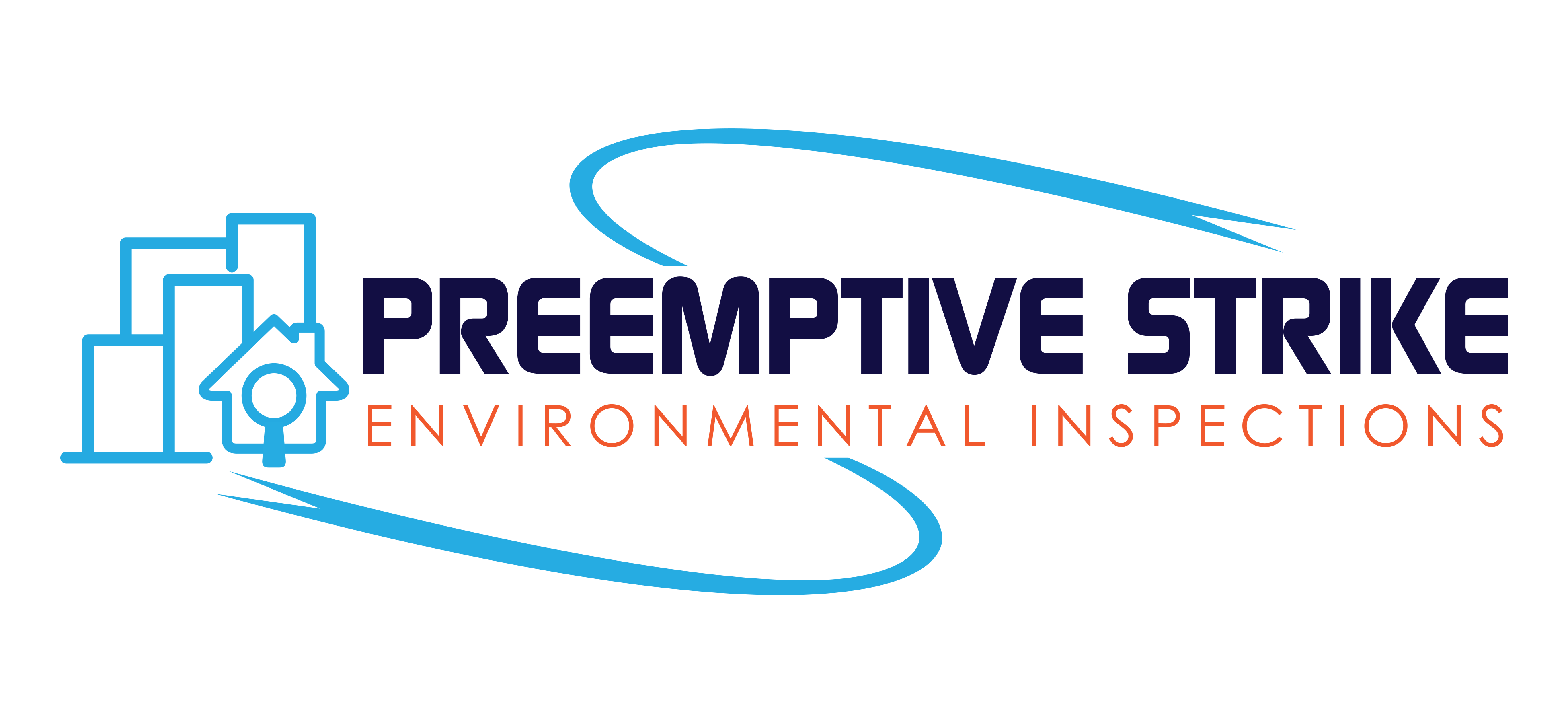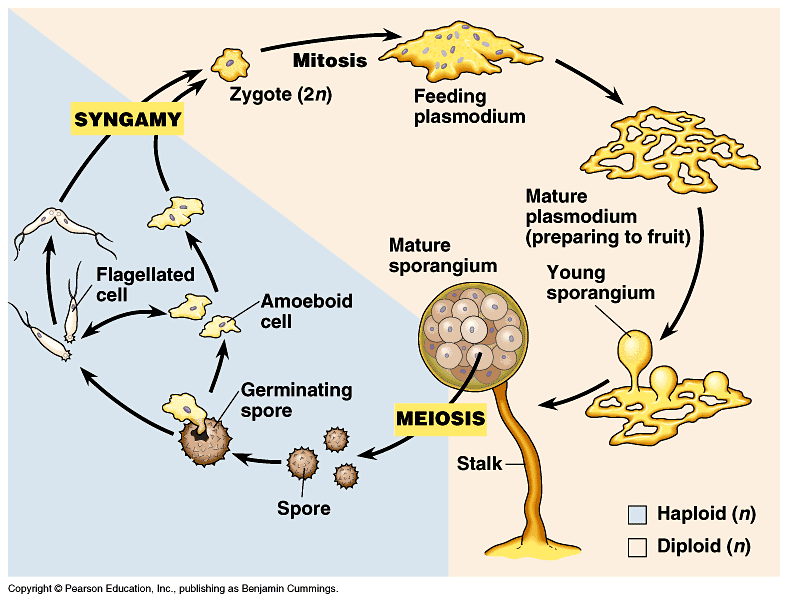What are Molds?
Molds are types of fungi. They grow in the natural environment. Tiny particles of molds are found everywhere in indoor and outdoor air. In nature, molds help break down dead materials, and can be found growing on soil, foods, plants and other items. Molds are also very common in buildings and homes. Mold needs moisture to grow. Indoors, mold growth can be found where humidity levels are high, like basements and showers. Molds produce microscopic cells called ""spores"" that are spread easily through the air. Spores can also be spread by water and insects. Live spores act like seeds, forming new mold colonies when they find the right conditions.
What Makes Mold Grow?
Mold only needs a few things to grow and multiply:
1. Nutrients (food)
2. A suitable place to grow
3. Moisture
Many building materials (such as wood, sheetrock, etc.) provide food that can support mold growth. Even dust that has settled on these materials or furniture can be a food source for molds. Molds can grow almost anywhere there is enough moisture or high humidity. Controlling moisture is the key to stopping indoor mold growth, because all molds require water to grow.
Moisture can come from:

Why Choose Preemptive Strike?
We are State of Florida certified to provide mold inspections and assessments.

